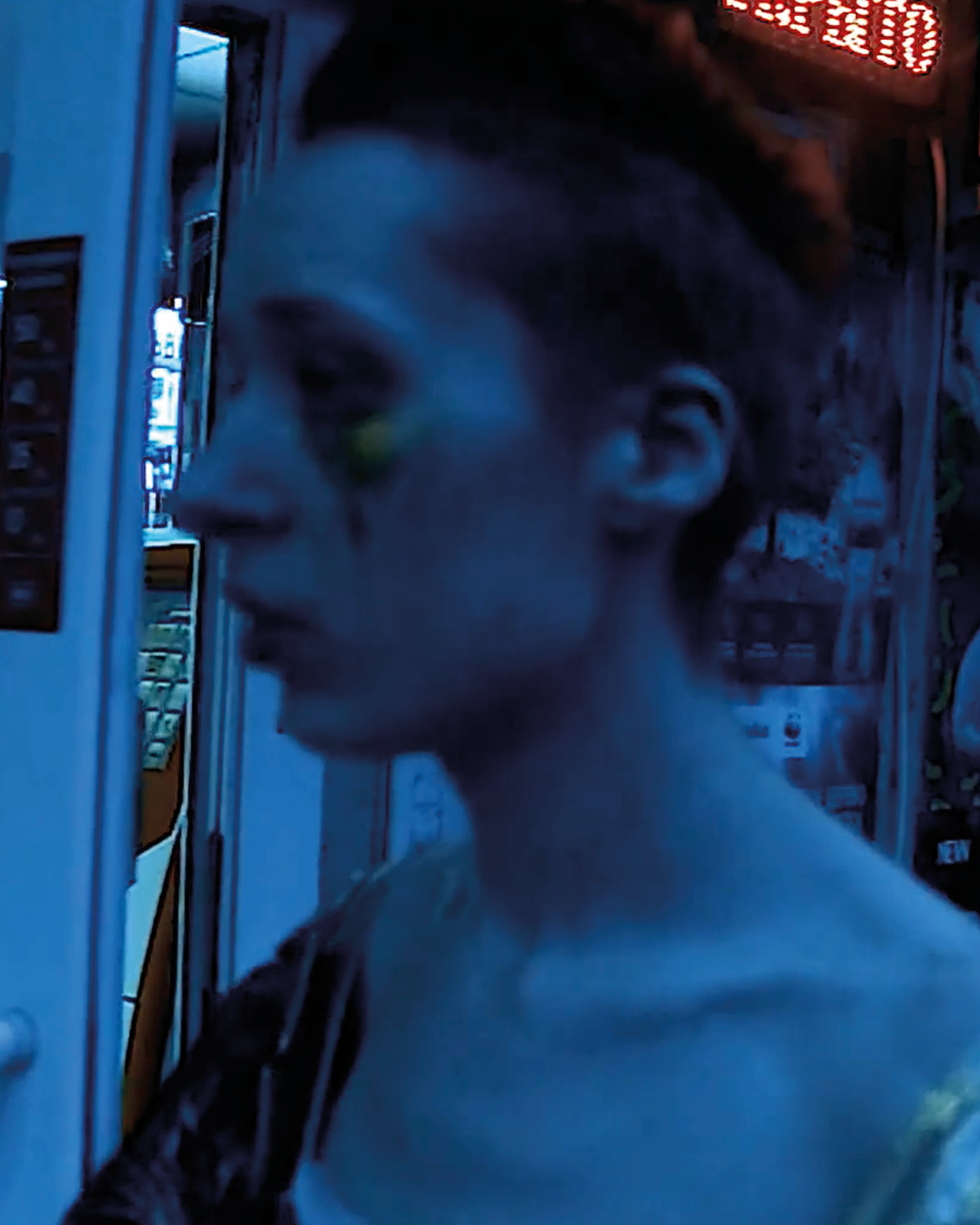Basel Social Club 2025
Jun 15 – 21, 2025
Jun 15 – 21, 2025
2 pm – midnight
Rittergasse 21-25
CH-4051 Basel
We are thrilled to be participating in Basel Social Club, presenting Daniel Rycharski’s sculptures, Krzysztof Jung’s drawings in the Erotic Cabinet section, and Alina Kleytman’s video in the film program curated by Martha Kirszenbaum.
For inquiries, please contact us at info@gunianowikgallery.com or +48 607 762 580 (preferably WhatsApp).
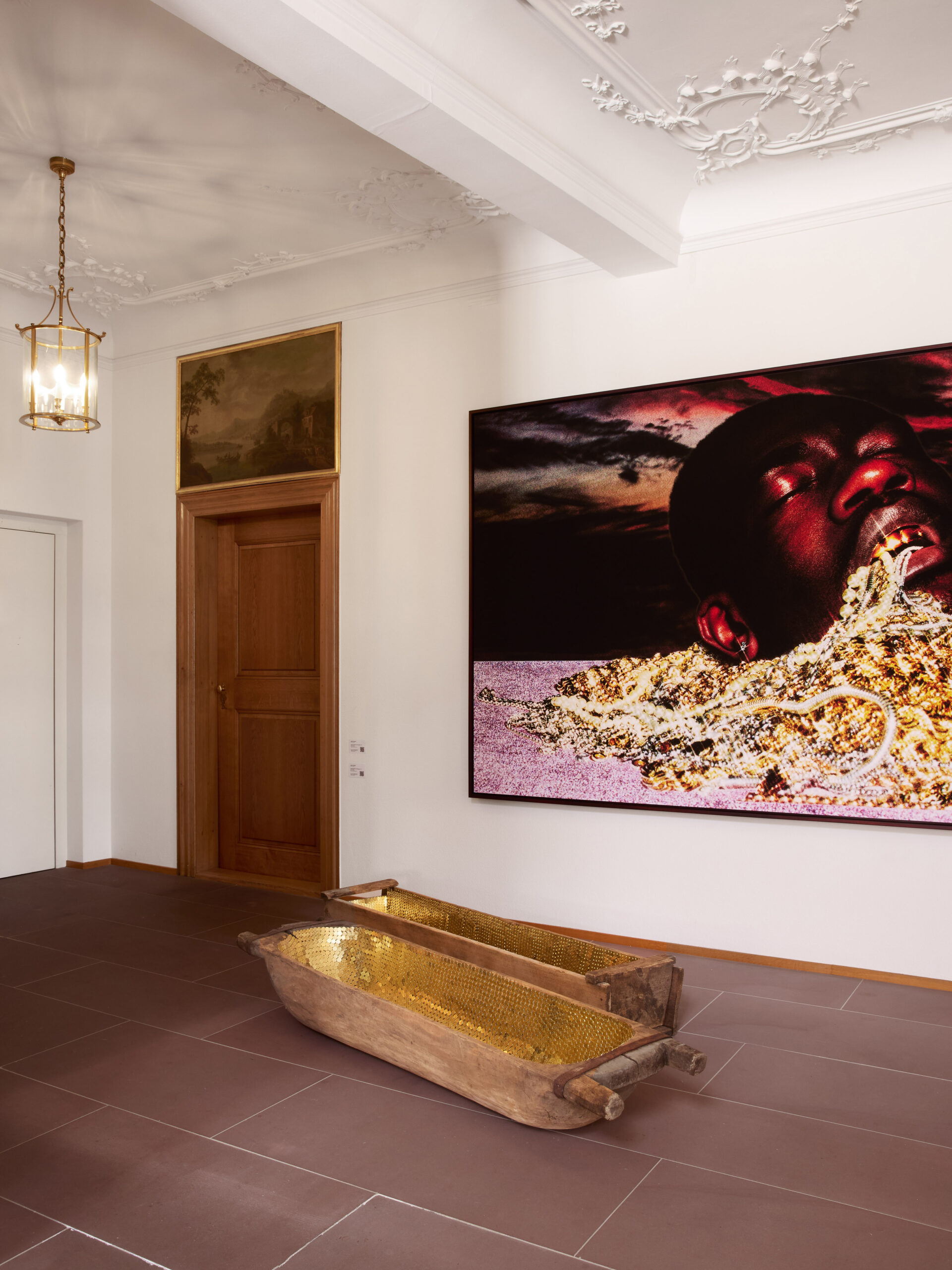
Daniel Rycharski’s sculptural work Troughs (2022/2025) directly engages with the Basel Social Club 2025 venue—a historical bank—and its themes of value, exchange, and inequality, reimagining forgotten rural objects as containers of both literal and metaphysical worth and inviting reflection on collective identity and economic transformation.
Rycharski is a conceptual artist whose practice bridges rural and queer identities, spirituality, and the socio-political tensions between tradition and modernity. His series Troughs transforms wooden farm troughs, dismissed as relics of pre-industrial agriculture, into poignant symbols of value and memory. By lining the interiors with golden pennies, Rycharski imbues these overlooked objects with sacred resonance, questioning capitalist notions of worth and highlighting the spiritual and communal loss tied to rural life’s decline.
The Troughs continue his exploration of the ‘death of life in the countryside’, addressing depopulation, industrialized agriculture, and the erosion of human-nature relationships. The golden coins evoke a sacralized aura, juxtaposing the troughs’ utilitarian origins with their contemporary symbolic rebirth.
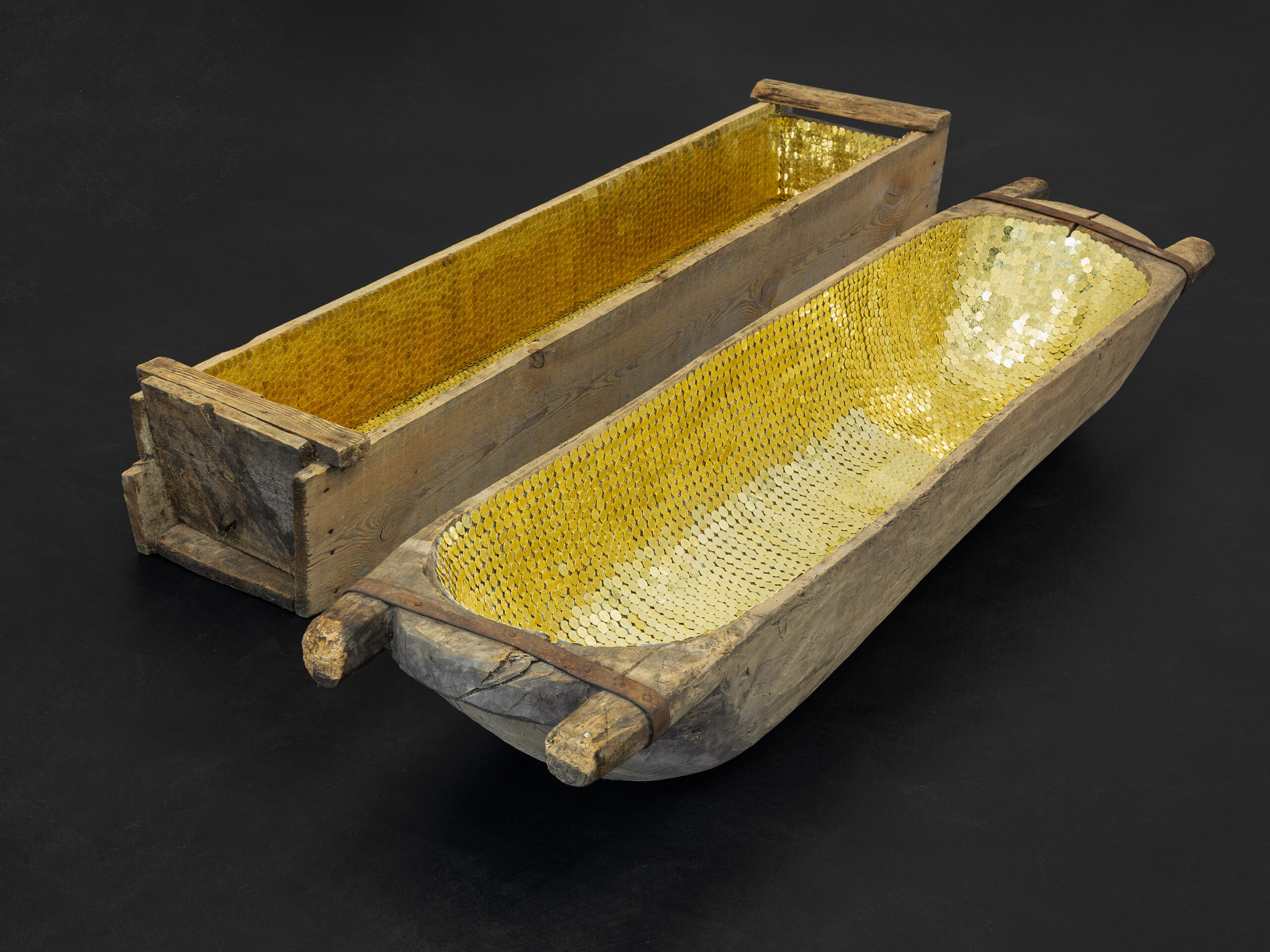
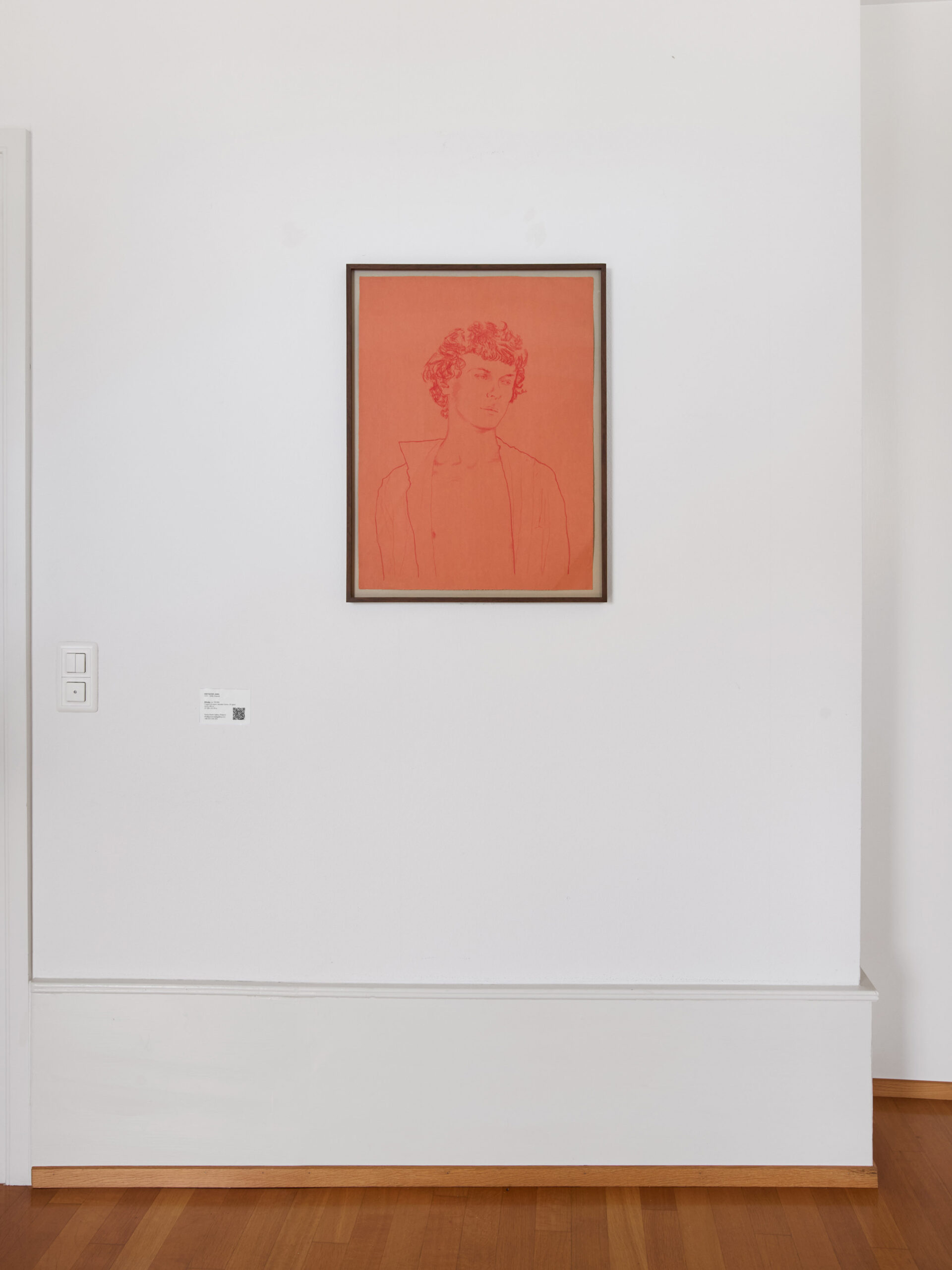
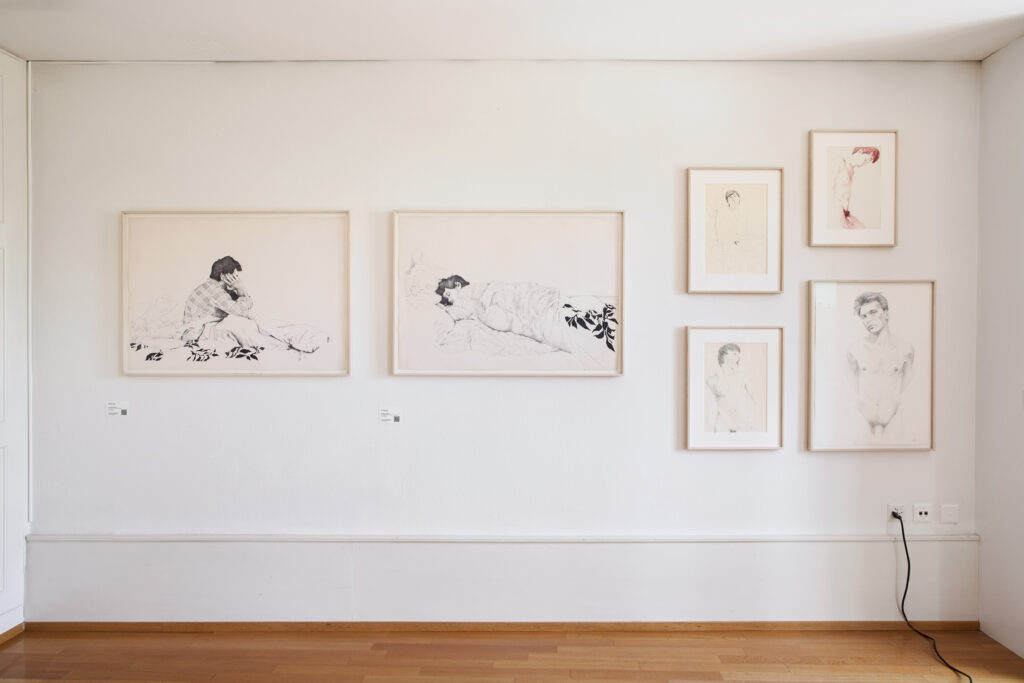
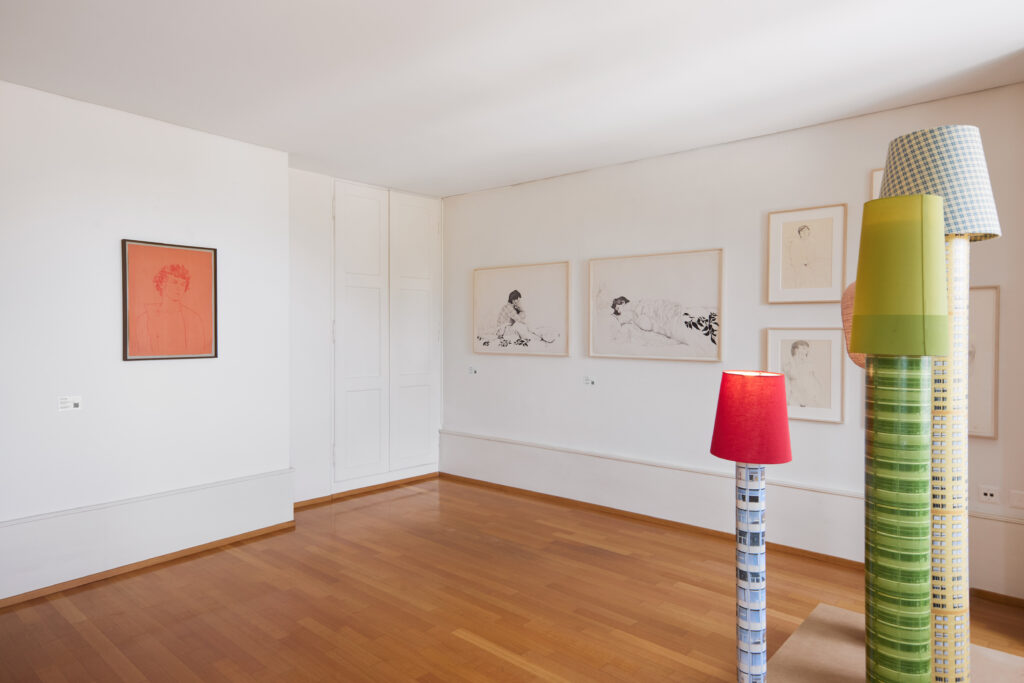
Active from the 1970s – 1990s, Krzysztof Jung (1951–1998) was at the forefront of queer art in Poland. For Basel Social Club, we will present a selection of Jung’s intimate male portraits, created between the 1970s and 1980s. Jung’s portraits celebrate themes of queer desire and reciprocity, presenting male intimacy as an act of quiet resistance within unequal societal structures.
These personal drawings, discovered in the artist’s apartment following his untimely death, predominantly depict men who were close to him—partners, friends, and lovers. The men are calm, introspective, yet free and unreservedly erotic, their images intertwining to form a tapestry of male-to-male love and friendship. The eroticism in Jung’s work, though palpable, serves as a conduit for deeper emotional truths rather than being an end in itself. Through delicate pencil shading or meticulously broken ballpoint lines, his drawings become affirmations of queer desire, filled with longing and personal projection.
Jung’s portraits embody the tenderness and trust that defined his relationships, with recurring motifs, such as the bed, symbolizing spaces of connection and introspection. These drawings are not merely representations, but intermediaries of the connections and emotional and physical intimacy that permeated Jung’s life.

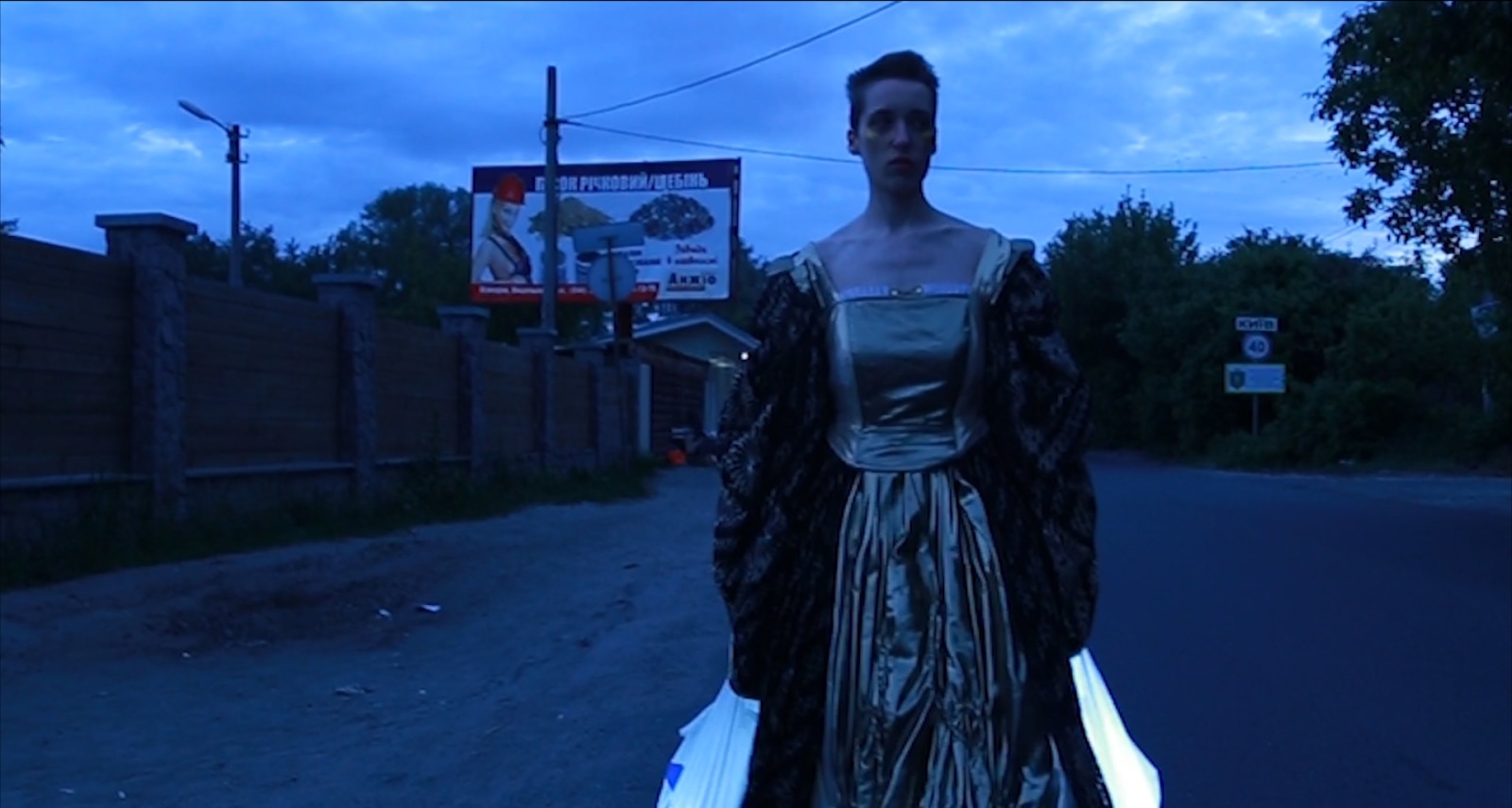
RESPONSIBILITY: SHAME, FEAR, AND PRIDE (2017) by Alina Kleytman is a part of the film program at Basel Social Club, curated by Martha Kirszenbaum. The piece follows a solitary figure—a girl in a garish, ill-fitting costume—trudging forward under the weight of plastic shopping bags. Her outfit, consisting of theatrical clothing and smeared makeup, becomes a metaphor for inherited expectations, internalized shame, and limited means. These bags, sourced from a discount store, carry her dreams, fears, and ambitions—burdens she struggles to carry into an uncertain future. No one awaits her at the end of the path. Still, she walks, because staying is no longer possible. Her journey is one of painful transformation, driven by fear, shame, and, ultimately, pride.
